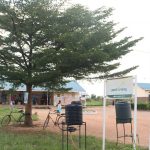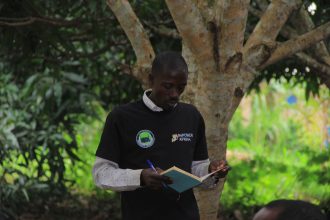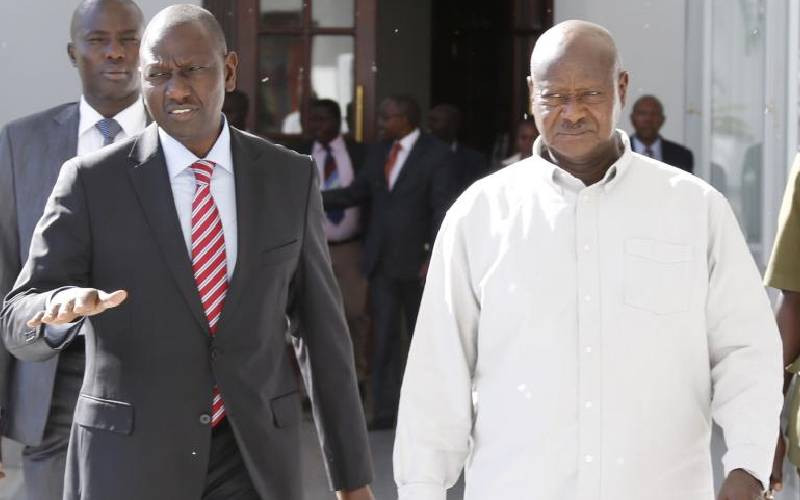Uganda’s long-anticipated nuclear power project is set to displace more than 25,000 residents across more than ten villages in Buyende District, triggering concerns and discussions about the project’s impact on local communities.
The affected villages, including Kasaato, Buyanja ‘B’, Buyanja ‘A’, Nawansaso, Butayunjwa, Kabalongo, Kiiga, Kyankoole, Kibaale, and Nakawa, all fall within Buyanja Sub-County.
The decision to establish the nuclear plant in Buyende District emerged after extensive studies conducted since 2016, which included an assessment by the International Atomic Energy Agency (IAEA) and discussions at the Africa Nuclear Business Platform Conference in March 2023.
Solomon Muyita, the Ministry of Energy and Mineral Development communications chief, explained the selection of Buyende, stating that it was chosen due to its central location, low population density, ample available land, and access to water sources from Lake Kyoga for the nuclear reactors.
Despite the potential benefits of the nuclear project, local concerns are arising about the displacement of the affected residents. David Semale, the Buyanja LC3 chairman, expressed fears about how the locals, most of whom are fishermen and livestock farmers, will adapt to new areas.
Most of the affected residents have spent their lives near the River Nile and Lake Kyoga shoreline, making the transition challenging.
Hope Senkamba, the District councilor representing Buyanja Sub-County, voiced concerns about losing a significant portion of her electorate and the potential hardships faced by women who manage their families in the absence of their husbands.
She emphasized the importance of considering the broader implications of the project beyond land and property compensation.
Ruth Kawendeke, the female councilor representing Buyanja Parish, expressed concerns that compensation might lead to the breakup of families, potentially contributing to domestic violence.
Ronald Ssekyanzi, the Kasaato LC1 chairperson, stressed the need for the government to consider livelihood and disturbance aspects when compensating the affected residents.
State Minister for Minerals Peter Lokeris emphasized the necessity of looking beyond compensation benefits. He highlighted that the nuclear plant would create 2,000 jobs and help address Uganda’s ongoing power outages.
Lokeris explained that to achieve Vision 2040 targets, Uganda needs a significant leap in power generation capacity, which nuclear energy can provide.
Buyende District LC5 chairperson Michael Kanaku urged a focus on either compensation or resettlement for the Project Affected Persons (PAPs), emphasizing the importance of addressing their needs.
Uganda is on a path to manufacturing nuclear energy by 2031, aiming to expand its electricity generation capacity. The International Atomic Energy Agency (IAEA) cleared the first phase of nuclear power production in May 2022.
President Museveni has emphasized the use of Uganda’s uranium deposits to supplement the existing hydro and geothermal power capacity.
While the nuclear energy project holds promise, Buyende District hopes to benefit from improved transport systems, consistent power supply, and a hospital for nuclear side effects, among other potential positive outcomes.




















